If you’re planning on buying or selling a used ATV, there’s a couple things you should know first. The last thing you want is to purchase an ATV from someone, only to have the cops come confiscate it for being stolen property. There are things you can do to protect yourself though. Having a bill of sale is the first most important thing to do.
The bill of sale is basically a document used to prove the ATV was bought or sold. Sometimes referred to as a proof of sale, the bill of sale is considered a valid legal document. The bill of sale should contain all the information needed to register the ATV. Some info to have on your bill of sale includes: buyer and seller information, VIN number, make, model, year, color, agreed price, mileage, and of course signatures.
You could always make your own bill of sale, which I’ll go over later, but here’s one with everything you need on it, you can just print it off and fill it out.
ATV Bill Of SaleDownload
It’s a PDF so you can view and print from your browser by clicking ATV Bill Of Sale. Or you can download to your computer by clicking download.
If you’re buying or selling a new ATV, you will most likely have a title to sign. This is usually found on the back or near the bottom of the title and it will be labeled ‘Assignment’ or ‘Transfer By Owner’.
As a buyer, you could take the signed title to your state and apply for a new title in your name. I still think it’s a good idea to have a bill of sale for this, but I know people have gotten away without one.
As a seller, you want to have a bill of sale to protect yourself. Let’s just say you sign the title over without a bill of sale. The buyer then goes and hurts themselves, others, or damages property with the ATV. If the buyer never went to the state and updated the title to their name, it’s still considered your ATV. You’re liable.
If you’re buying or selling an older ATV, the title might not always be available.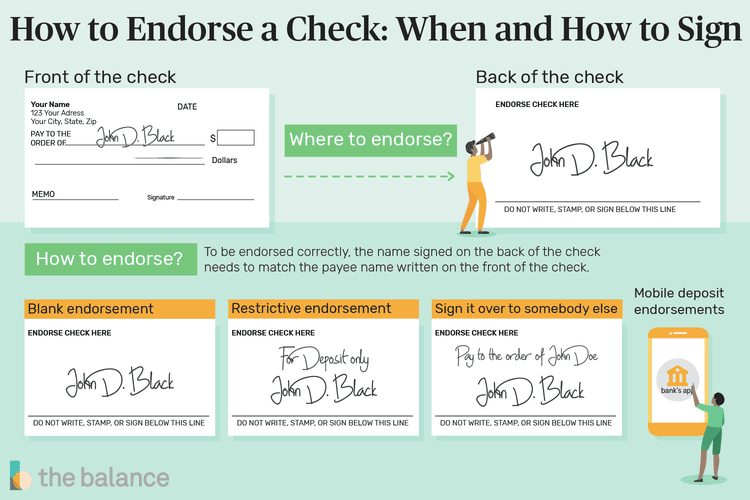 People lose or misplace titles all the time. But with a valid bill of sale, most states will let you apply for a new title in your name. This is needed if you ever want to register the ATV in your name. Some states even require ATV’s to be registered, and you need proof of ownership to do that.
People lose or misplace titles all the time. But with a valid bill of sale, most states will let you apply for a new title in your name. This is needed if you ever want to register the ATV in your name. Some states even require ATV’s to be registered, and you need proof of ownership to do that.
Never buy an ATV without either a title or a bill of sale. If you do this, the original owner could then claim it stolen. Without proof of ownership, you wouldn’t have a leg to stand on.
Also be careful with newer ATV’s that have no title. Even if they give you a bill of sale, the title could still have liens or encumbrances placed on it. Meaning the owner hasn’t finished paying it off, or it has been used illegally in some way.
If you don’t want to use the bill of sale above, you could always make your own. Each state has its own rules on what a valid bill of sale needs to have on it, so check with your local authorities to find out what you need to have. But, all bill of sale contracts must have at least the following:
But, all bill of sale contracts must have at least the following:
Some states do require a notary to be present when both parties sign. You can have everything else filled out ahead of time. But if that’s the case, a notary needs to watch you both sign the bill of sale. Check with your local court system to see if you need a notary present.
That’s just the basics of what is needed for a legal bill of sale contract. You can type this up in a Word Doc, print it out, and you’re good to go. Even a hand written bill of sale is a legal contract. So in a pinch, you could just write this all out on a piece of paper.
The process of buying or selling an ATV is pretty straight forward. But if you haven’t done it before, this could be helpful. The first thing you would want to do is clean the ATV top to bottom. People just like seeing a clean machine, and doing this will help it sell faster.
You want to make sure the ATV is in good working order. Always make sure you sell it “as is” especially if there are problems you don’t want to fix. But the more you can fix and get taken care of, the more you could sell it for and the more buyers will be interested.
Before you start putting up ads for the machine, you’ll want to clear the title of any liens it may have on it.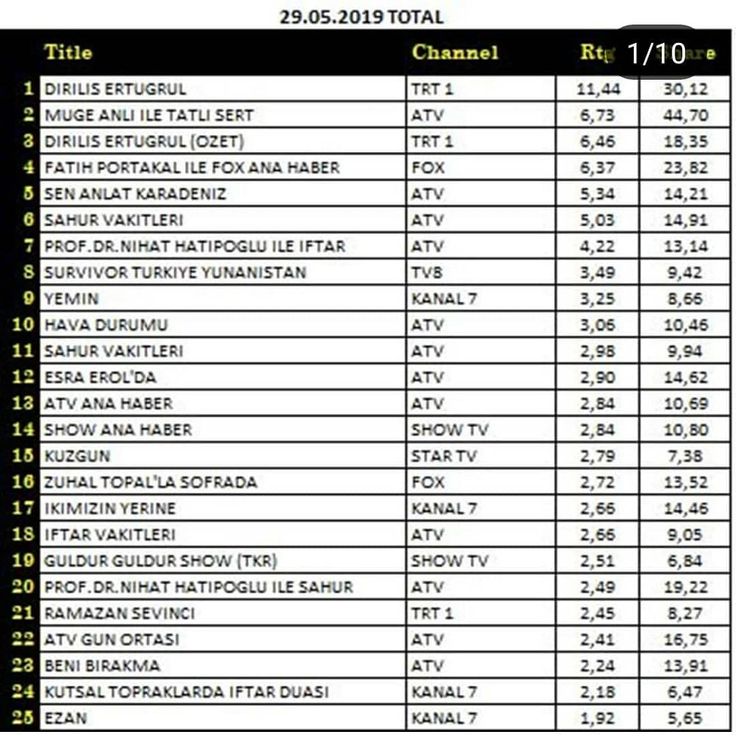 This is a good time to get your title and registration info all together to be prepared for the sale.
This is a good time to get your title and registration info all together to be prepared for the sale.
Put up ads for your ATV. You could try selling to a dealer, but you tend to get more money doing a private sale. I like to use apps like OfferUp, LetGo, or ATV Trader. I’ve also used craigslist a lot in the past. If you’re a buyer, you’ll want to start looking in these places too.
This is the fun part for me, but I can understand why some people hate it. Once buyers start responding to your ads, they will usually have a counter offer. You will find that a lot of people don’t want to pay the price you advertised. You’ll get the occasional low baller too, don’t let that bother you. I don’t know how many times I’ve had someone offer me half what I listed the price at.
If you don’t want to do much negotiating, you could always state that your price is firm. That will help weed out some of the low ballers, and let you focus more on serious buyers.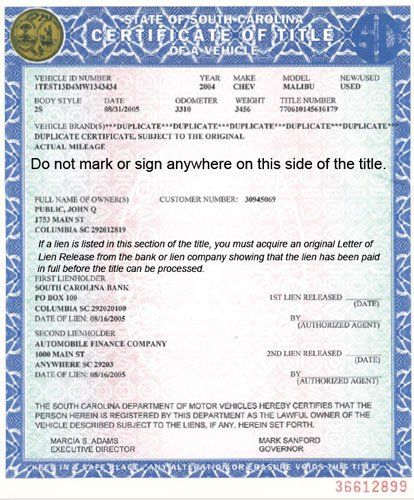 You could also add a little to the price you’re willing to sell it at to account for negotiations.
You could also add a little to the price you’re willing to sell it at to account for negotiations.
Buyer beware, a lot of sellers add a few bucks to the amount they are willing to take. This is so that even after negotiations, they still get close to the price they wanted. It’s normal and it happens all the time, no one wants to pay full price. Try to have fun with the back and forth, it’s just an expected thing everyone does.
The buyer will want to inspect the ATV. If you don’t want to hire a certified mechanic to do the inspection, you can do it yourself. Check the ATV for rust or cracks in the frame. Check the welded areas of the frame for cracks also. After having a look at the tire tread, wheels, and suspension, you should check the air box.
Remove the seat and the air intake cover. If there’s dirt and water in the air intake box, it most likely got into the engine at some point. Put your hand near the engine to see how warm it is. The ATV might be hard to start and doesn’t run well until the engine is warmed up.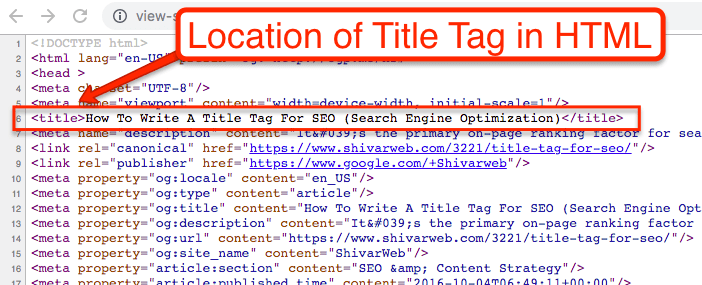 The seller could hide this from you by having the engine running for a while before you show up.
The seller could hide this from you by having the engine running for a while before you show up.
Now it’s time for a test drive. Take it easy since it’s not actually yours yet. You don’t want to piss off the seller by beating on the machine just to end up not buying it. All you’re really looking for is a smooth ride with the handling to your liking, and of course that the engine is running nicely.
When both parties agree on a price, you can then fill out the bill of sale. You can use the template I gave above, or make your own like we talked about above. Once the payment has been made, you can transfer the title over to the buyer. This is usually done by signing the ‘Assignment’ or ‘Transfer By Owner’ section of the title. If there is no title, the bill of sale can be used to order a new title in most states.
The new owner will have to reapply for a new title in their name. Either with the bill of sale or the title signed by the seller. Then, if your state requires it, you can register the ATV in your name.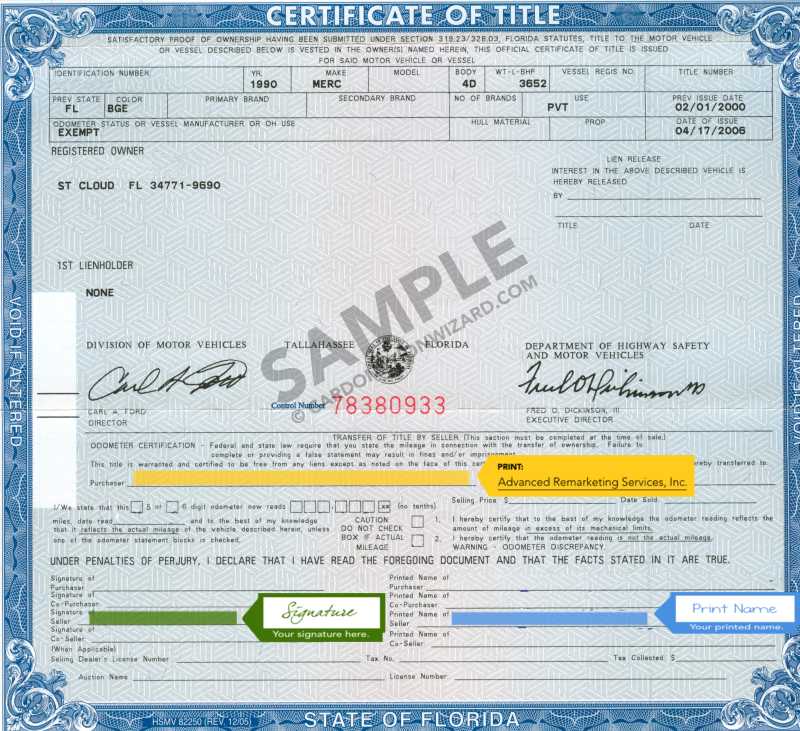
There you go, time to enjoy your new ATV. Check out the Recommended Gear section of this site for all the proper gear needed to ride safely.
Sharing is caring!
Attention Snowmobile and ATV customers: DCNR recently transitioned to a new snowmobile and ATV registration system, and we are aware of certain issues that have arisen since this new system has been launched.
Please know that we are working to address these issues and have more detailed information that has been provided on the Dealer, Owner, and Registration sites.
We are sorry for any inconvenience that this has created and will keep you updated of our progress.
_________________________________________________________________
All ATVs in Pennsylvania -- except ATVs used solely for business or agricultural purposes -- need to be registered and titled with DCNR’s Snowmobile/ATV Section.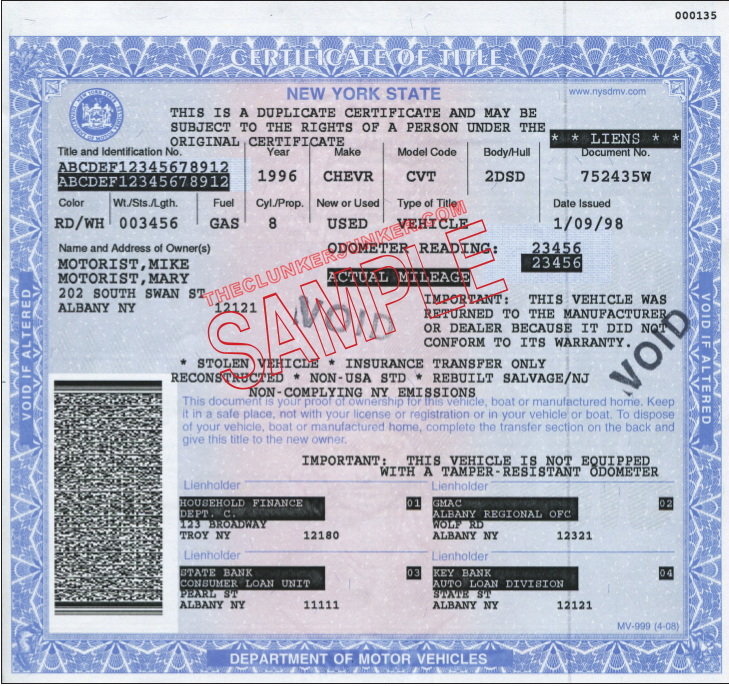 The money from ATV registration is used to:
The money from ATV registration is used to:
In addition, if you plan to ride your ATV on property that is not owned or leased by you, you must carry liability insurance. Proof of that insurance must be carried with you when you ride.
There are no minimum requirements or coverage standards established by DCNR or the Snowmobile/ATV Law for the liability insurance.
The type of registration you need depends on where you plan to ride your ATV:
General Registration -- This registration permits the ATV to be operated off the owner or operator’s private property. The registration fee is $20 for two years. The owner is provided with a registration plate, an expiration sticker, and a Certificate of Registration wallet card.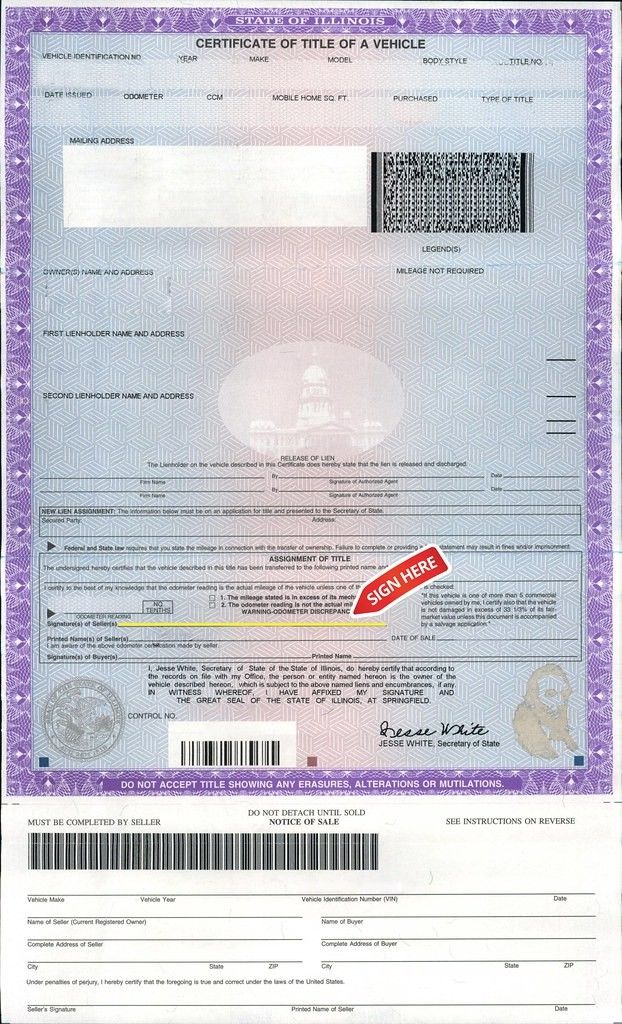
Limited Registration -- This registration is for ATVs used exclusively on the property of the owner. There is no fee and the registration does not expire. The owner is provided with a registration plate and a card, but no expiration sticker.
In Pennsylvania, registration is not required for:
When you register your ATV, you will be issued a registration plate for your vehicle. An expiration sticker to be affixed to the plate will be issued for general registrations. This registration plate shall be securely attached to the upper half of the rear of the ATV. No part of the plate shall be in line with a tire.
This registration plate shall be securely attached to the upper half of the rear of the ATV. No part of the plate shall be in line with a tire.
The information on the plate must be clearly visible from behind the ATV. It is important to clean mud and dirt off your ATV registration plate at frequent intervals so the information on the plate is clearly visible.
The registration sticker must be placed in a bottom corner of the plate.
All ATVs in Pennsylvania must have a title issued by DCNR. The cost of a title is $22.50. The exceptions to this requirement are for:
If you purchase your vehicle at a registered dealer, you will be issued a registration plate with a temporary 45-day registration sticker.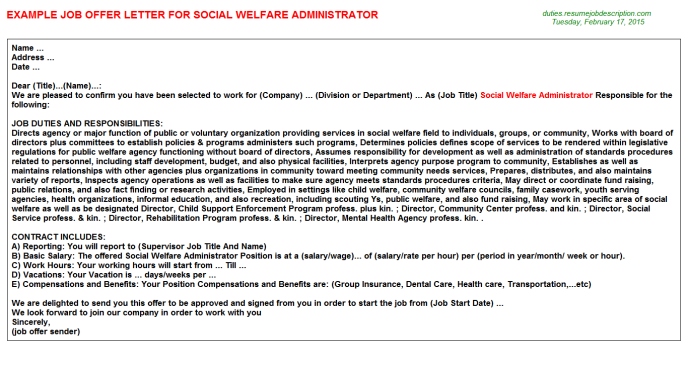 The dealer will handle your application for title and registration.
The dealer will handle your application for title and registration.
If you purchase your ATV privately you will need to supply DCNR with:
Applications for registration and titling of ATVs are available from:
The registration and titling application form, along with the registration and titling fees and sales tax statement, must be completed and sent to:
Department of Conservation and Natural Resources
Snowmobile/ATV Registration Section
P.O. Box 8553, Harrisburg, PA 17105-8553
Please contact DCNR’s Snowmobile/ATV Registration Section if you need to:
You must notify the Snowmobile/ATV Section in writing of any change of address within 15 days.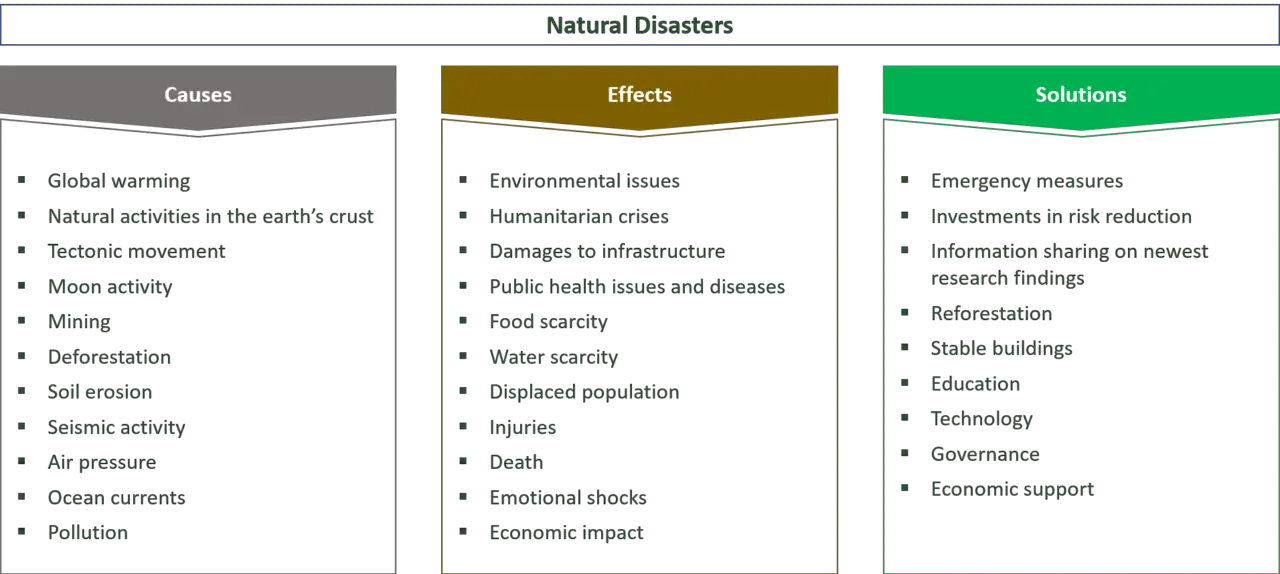 Replacement of lost or damaged registration certificates, limited registration certificates, registration decals, registration plates, or expiration stickers is $5.
Replacement of lost or damaged registration certificates, limited registration certificates, registration decals, registration plates, or expiration stickers is $5.
You also can perform these transactions online at the Snowmobile/ATV Vehicle Owner Portal, as well as obtain rider safety and user guides on operating your vehicle safely.
If you are transferring the title of your ATV to a new owner, complete the assignment on the back of the certificate of title and obtain notarization.
The new owner must then apply for a new certificate of title and registration in his/her name. Do not remove the registration decal or plate from the machine.
Registration cannot be transferred from one owner to the next. If you no longer need registration because you have disposed of your vehicle in some way, complete the reverse side of your certificate of registration indicating the disposition status and listing buyer’s name (if applicable), sign, date and return to DCNR within 15 days of disposition.
You may request the remaining months of your current registration be applied to a new registration of another vehicle that you have acquired. The fee for this transaction is $5.
The first ATVs were like mini-tractors - they were used for household tasks. Later they began to ride for entertainment. Time has shown that it is more comfortable to ride an SSV with an automobile-type cab for long distances. In this article, we will understand the main types of technology so that there is no confusion in terminology.
When people talk about ATVs, they most often mean ATV.
ATV (all terrain vehicle) is a four-wheeled off-road vehicle with a motorcycle-type steering and seating position. ATVs can be ridden both off-road and on public roads.
By purpose, ATVs are classified into utilitarian, tourist, sports and children's.
Example ATV - CFMOTO CFORCE 1000 EPS.
ATV class ATV CFMOTO CFORCE 1000 EPS
. Some models have cab with roof, full-length windshield and doors. Anatomical seats with seat belts are installed on SSV ATVs. ATVs of this class are suitable for off-road trips and utilitarian tasks. A bright representative of the class is the CFMOTO ZFORCE 1000 SPORT EPS.
Some models have cab with roof, full-length windshield and doors. Anatomical seats with seat belts are installed on SSV ATVs. ATVs of this class are suitable for off-road trips and utilitarian tasks. A bright representative of the class is the CFMOTO ZFORCE 1000 SPORT EPS.
SSV CFMOTO ZFORCE 1000 Sport EPS
Vehicle-type equipment with good cross-country ability. She has a spatial safety cage, a wide track, a low center of gravity and a powerful engine.
A striking example of a buggy is Ariel Nomad
Quadricycles are four-wheeled motor vehicles with a capacity of not more than 20 hp. With. and curb weight up to 400 kg. They have a car steering wheel, pedals, cockpit and seating - in this they are similar to side-by-side ATVs. They also allow elements typical of motorcycles, for example, the steering wheel and levers.
They also allow elements typical of motorcycles, for example, the steering wheel and levers.
An example of a quadricycle is a SZM-S3D motorized wheelchair, popularly called a “disabled person”
These vehicles have three wheels and are intended for driving on public roads. The engine capacity of the tricycle exceeds 50 cubic meters. see, and the speed is 50 km / h. The traffic police authorities classify this transport into category L5.
An example of a tricycle is the Chinese cargo Musstang MT250-4V.
| Quads | ATVs | |
| Power | Small | High |
| Purpose | Public roads | Off-road and public roads |
| Registration authority | traffic police | Gostekhnadzor |
| Document | Vehicle Passport | Passport of a self-propelled machine |
| Rights | M - moped (for vehicles with an engine capacity of not more than 50 cc). Depending on the engine size and the design of the equipment, category B, B1, A, A1 licenses may also be required. | Tractor driver's license category A1. |
Let's summarize. The main differences between ATVs are the landing and the location of the controls. If an ATV has a motorcycle seat, then a UTV, SSV and buggy have a car seat. Quadricycles differ from ATVs in their low-powered engines. They are intended exclusively for public roads. They also need category B licenses.
If you buy a stolen ATV, at best, you can lose both money and equipment - it will be returned to its rightful owner. At worst, you can become an accomplice to the theft. And even if the hijacker is found, there is no guarantee that the money will be returned.
Therefore, when buying an ATV from your hands, it is important to check it for theft. We'll tell you how to do it right.
Suspicious ads can be recognized immediately - by text, photo and communication with the seller.
If the ad says that there are no documents, this should immediately scare you away. And it doesn’t matter what reason the seller indicated - he lost it, he bought it already without them, they burned out. Even if the seller tells the truth, without documents it will not be possible to register the ATV. And when the traffic police officer asks for documents, problems will arise.
If the ATV is stolen, the offender will be afraid to upload fresh photos.
Therefore, here's what you need to pay attention to:
Ideally, the ad should have a lot of fresh photos in good quality and from different angles.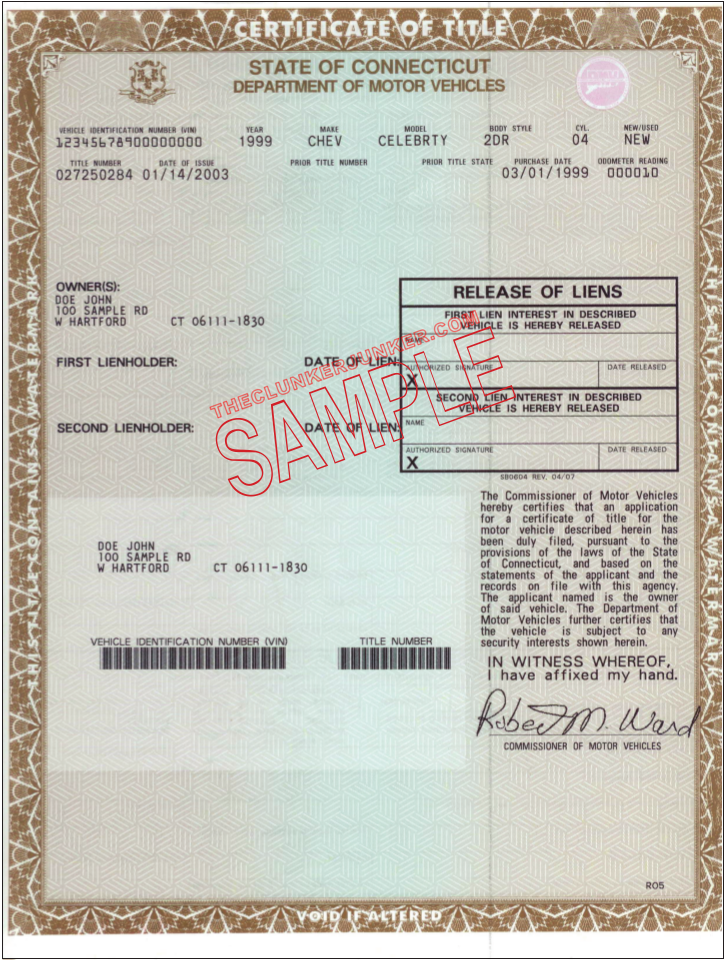
If the ATV is listed on a large site like Avito, check if the author has other ads and how long ago they were posted. The hijacker will most likely create a new account. On the contrary, a good sign is if the ATV is posted from an old account that has other ads.
What to ask:

If the seller's name and surname are not indicated in the ad, they can be asked by phone or in correspondence. The easiest way to check whether this number really belongs to a person with that name is through online banking. To check, log in to the bank application and create a transfer by phone number. The first name, patronymic and the first letter of the last name will be displayed on the screen. If they match the information in the ad, the test is passed.
The easiest way to check whether this number really belongs to a person with that name is through online banking. To check, log in to the bank application and create a transfer by phone number. The first name, patronymic and the first letter of the last name will be displayed on the screen. If they match the information in the ad, the test is passed.
Another option is to add the seller's number to your contacts. It will automatically appear in the contact list in instant messengers. If the user has not hidden the last name and first name and profile photo, you will see them. A snapshot from there can also be compared with photos in social networks.
If the seller gave links to his social networks and said his nickname on quad forums, you can check them.
Here's what to look for:
 The hijacker will obviously not post a photo of himself on a stolen ATV on social networks.
The hijacker will obviously not post a photo of himself on a stolen ATV on social networks. In short: the more active the seller is in social networks, the more information about himself and the ATV he publishes, the better.
Owners post topics about stolen ATVs on major forums such as ATVClub. They can also write about the theft in thematic publics on social networks, in city communities and on bulletin boards. If the model is rare and recently released, it makes sense to at least google it and go through large communities.
Every ATV has a VIN, a unique 17 character number. If the author indicated it in the ad or dictated it by phone, you can check it:
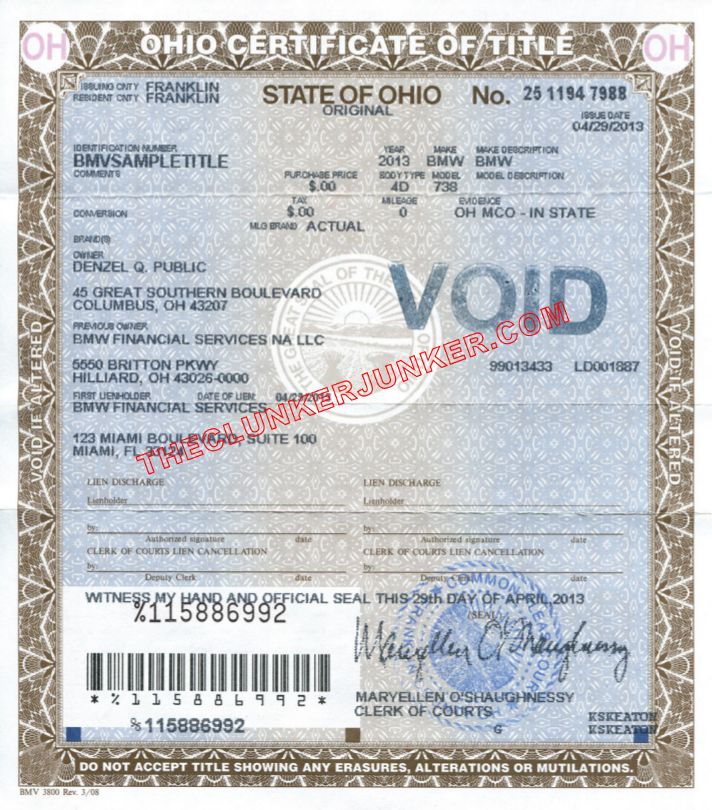 If the information differs from the ad, the seller is trying to deceive.
If the information differs from the ad, the seller is trying to deceive.
If none of the previous points alerted you, you can arrange a meeting. It is better to appoint it in daylight or in a place with good lighting. And if the ATV has the VIN or engine number at the bottom, you also need a flyover or a lift to see them.
Bring a flashlight, gloves and wet wipes to the meeting. The wipes will come in handy to wipe the dirt off the VIN and engine number for reconciliation.
We tell you what and how to check.
At the meeting, the seller must bring:
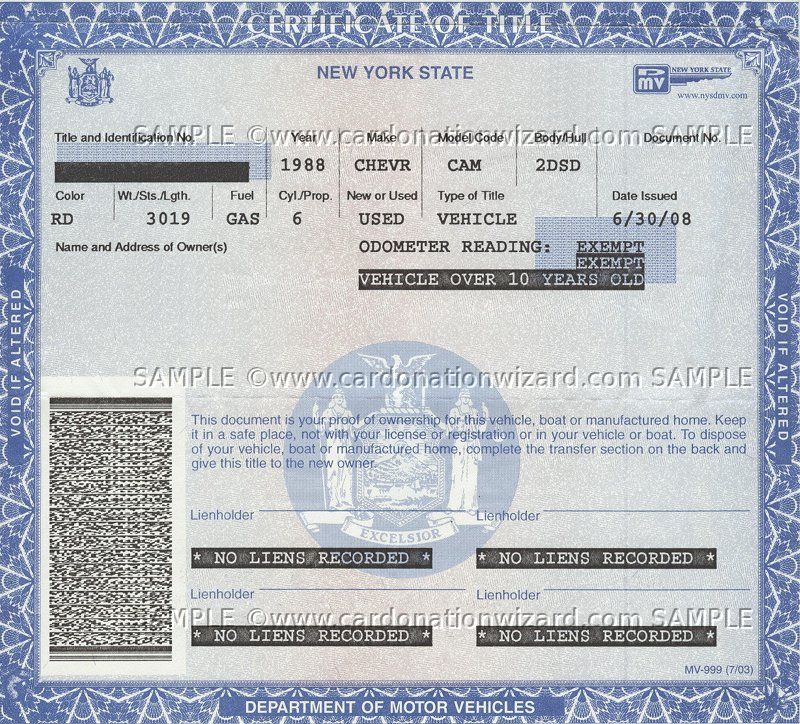
In the documents you need to verify the model name, full name and telephone number of the seller.
VIN location may vary by brand and model. It is better to look in advance where to look for it. Most often, VIN is written near the right front lever.
The engine also has its own unique number - EIN. It is usually knocked out under the plastic covering the variator, or on the right side of the ATV - in the place where the shaft goes to the rear gearbox.
VIN and EIN are also indicated in the PSM and the sales contract. The numbers on the ATV and in the documents must match, they must not have traces of corrections or abrasions that interfere with reading.
By law, ATVs with an engine capacity of 50 cubic meters must be registered with Rostekhnadzor. If the owner has done this, you can go with him to the local branch and ask the inspector to confirm the cleanliness of the equipment.